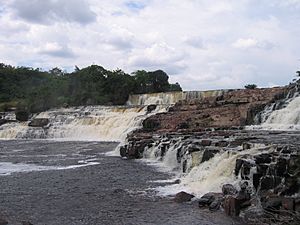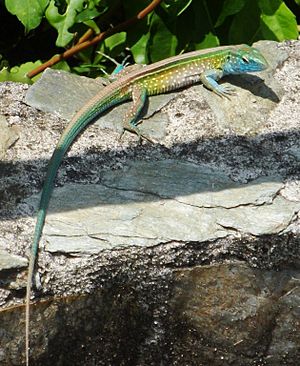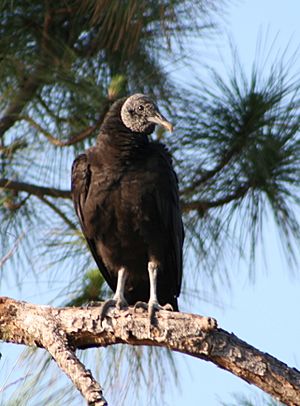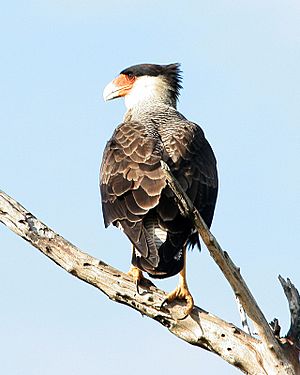Ireng River facts for kids
The Ireng River (or Maú River, which is usually used in Portuguese) is an important river that helps mark the western border between Guyana and Brazil. For most of its journey, it flows through the amazing valleys of the Pakaraima Mountains. What makes it unique is that it's the only big river in Guyana that flows from North to South. It eventually joins the Takutu River. The Ireng River is also one of the northernmost rivers that feeds into the huge Amazon river system.
The Ireng River starts in the Monte Roraima National Park, which was created in 1989. A large part of the Ireng River's path forms the border between Brazil and Guyana. The main rivers that flow into the Ireng are the Uailan and Canã rivers from the Brazilian side. From the Guyanese side, the Cacó, Dacã, and Socobi rivers join it. All these rivers meet the Ireng in its upper and middle parts. Their paths go through incredible rock formations that were shaped by Earth's movements a very long time ago. The water in the Ireng River is dark, looking a lot like the Rio Negro near Manaus in Brazil.
Many people think the Ireng River is the most beautiful of all of Guyana's rivers. Two famous waterfalls, Orinduik Falls and Takagka Falls, are found right on the Ireng River.
Wildlife in the Ireng River Area
The area around the Ireng River is full of amazing animals! You can find many different kinds of reptiles, like the Antilles leaf-toed gecko (Hemidactylus palaichthus) and the colorful rainbow whiptail (Cnemidophorus lemniscatus).
Amphibians, which are animals that can live both on land and in water, also live here. These include the sapo dorado (Bufo guttatus) and the Leptodactylus bolivianus frog.
The Ireng River is also a great place for birdwatching. You might spot birds like the Muscovy duck (Cairina moschata), the black vulture (Coragyps atratus), and the smart crested caracara (Caracara plancus).
Other birds, like the double-striped thick-knee (Burhinus bistriatus), also call this region home.
Big mammals live here too! Some of them are the South American tapir (Tapirus terrestris), the powerful jaguar (Panthera onca), and the quick red-rumped agouti (Dasyprocta leporina). The Ireng River region is truly a rich home for many different species.
See also
 In Spanish: Río Ireng para niños
In Spanish: Río Ireng para niños





